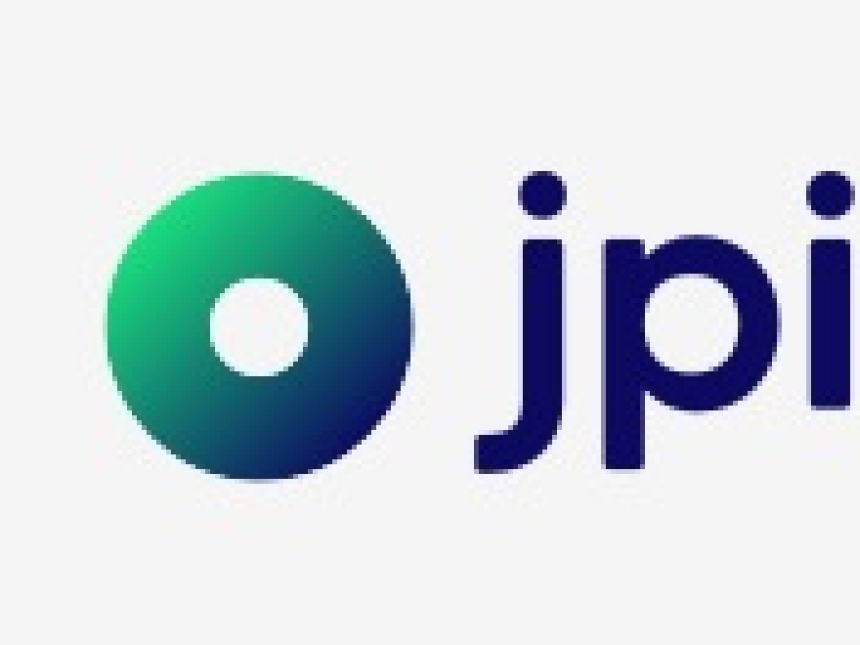
NIVA partner in two newly funded JPI Aquatic Pollutions projects
April 19, the results of the JPI Aquatic Pollutants call were announced and NIVA is partner in two of the projects funded.
PAIRWISE (DisPersal of AntIbiotic Resistance and antibiotics in Water ecosystems and Influence on liveStock and aquatic wildlife) is addressing mainly theme 1 of the call: “Measuring – Environmental behaviour of contaminants of emerging concern (CECs), pathogens and antimicrobial resistant bacteria in aquatic ecosystems”. Project is lead by the National Veterinary Insitute (SVA, Sweden).
PAIRWISE aims to advance knowledge of antimicrobial resistance (AMR) as a pollution in aquatic environments, wildlife, and livestock. PAIRWISE focuses on dispersal and dynamics of antibiotic resistant bacteria (ARB), antibiotic resistance genes (ARG) and antibiotics (ATB) in aquatic environments affected by wastewater treatment plants (WWTPs). NIVA leads the work package on ‘Dispersal of ATB, ARB and ARGs in waters’.
SERPIC (Sustainable Electrochemical Reduction of contaminants of emerging concern and Pathogens in WWTP effluent for Irrigation of Crops) is addressing mainly theme 3 of the call: “Taking Actions – Strategies to reduce CECs, pathogens and antimicrobial resistant bacteria in aquatic ecosystems (inland and marine)”. Project is lead by the Fraunhofer Institute (Germany).
SERPIC will develop an integral technology, based on a multi-barrier approach, to treat the effluents of wastewater treatment plants (WWTPs) to maximise the reduction of contaminants of emerging concern (CECs) including ARB and ARGs. A membrane nanofiltration (NF) technology will be applied to reduce CECs in its permeate stream while retaining the nutrients to reuse disinfected water for crops irrigation. The CECs in the polluted concentrate stream will be reduced by light driven electro-chemical oxidation before discharging to contribute to the surface water quality improvement. NIVA is responsible for development and testing of nanofiltration technology for effective separation of nutrients and CECs and AMR control during post-treatment of WWTP effluent.
- We are very happy to be part of two new international R&D projects dealing with monitoring and removal of emerging contaminants and antimicrobial resistance in/from water, Pawel Krzeminski, research scientist and project leader at NIVA, says.
JPI (Joint Programming Initiatives) are developed in a structured and strategic process where european countries agree on a voluntary basis on common visions and Strategic Research Agendas (SRA) to address major societal challenges. The Research Council of Norway thus has contributed to the financing of these projects.
 Pawel Krzeminski
Pawel Krzeminski